The evolution of library architecture reflects society's changing relationship with knowledge, community spaces, and technological advancement. From the ancient scroll-filled halls of Alexandria to the sleek glass-and-steel structures of the 21st century, these buildings serve as physical manifestations of our collective intellectual aspirations. Contemporary library design has transcended its traditional role as mere book repositories, becoming dynamic civic landmarks that blend functionality with artistic expression.
Walking into a modern library today reveals an architectural philosophy fundamentally different from that of previous generations. Natural light pours through expansive windows, reading nooks encourage lingering rather than hurried study, and flexible spaces adapt to everything from author talks to robotics workshops. The Seattle Central Library, with its striking geometric glass facade, demonstrates how radical design can reinvigorate public interest in these institutions. Its "Books Spiral" creates a continuous flow of nonfiction collections across four stories while offering breathtaking views of the urban landscape.
Climate consciousness has become a driving force in recent library construction. The Bibliotheca Alexandrina in Egypt resurrects the spirit of the ancient library while incorporating sustainable features like a tilted roof that reduces solar gain. Similarly, Norway's Vennesla Library uses locally sourced timber in its innovative ribbed ceiling that doubles as ventilation infrastructure. These structures prove that environmental responsibility need not compromise aesthetic ambition - if anything, the constraints inspire more creative solutions.
Digital integration poses both challenges and opportunities for library architecture. The Kansas City Public Library transformed its parking garage into a striking "Community Bookshelf" facade featuring giant book spines, cleverly merging physical and metaphorical representations of knowledge. Inside modern libraries, architects balance the need for server rooms and charging stations with the timeless appeal of quiet reading areas. The tension between digital and analog manifests in designs that accommodate both solitary laptop users and children gathered around physical picture books.
Urban libraries increasingly serve as social equalizers in stratified cities. The Helsinki Central Library Oodi dedicates only one-third of its space to book storage, with the remainder housing recording studios, 3D printers, and even a cinema. This democratization of cultural resources requires architectural features that encourage exploration rather than intimidation - curved walls replace stern right angles, wayfinding systems guide rather than dictate, and tactile materials invite interaction. Such designs consciously break down the institutional barriers that once made some community members hesitant to enter.
Regional identity finds powerful expression in library architecture. The Qatar National Library resembles two folded metal plates with a diamond-shaped atrium, its angular geometry reflecting both Islamic design traditions and futuristic aspirations. Meanwhile, Canada's Halifax Central Library incorporates a striking glass curtain wall that mirrors the surrounding harbor while creating luminous reading spaces. These buildings transcend generic international modernism by rooting themselves in local context, whether through materials, forms, or relationship to the landscape.
Future-facing library designs increasingly incorporate elements of play and discovery. The Dokk1 Library in Denmark includes an interactive light installation that responds to visitor movement, while Singapore's Library@Orchard features pop-up reading pods that can be rearranged by users. This shift acknowledges that inspiration often comes through serendipitous encounters rather than rigid systems. Architects now consider how spatial sequences can create narrative experiences, with mezzanines revealing unexpected vistas and transitional spaces encouraging chance conversations.
The most successful contemporary libraries achieve something remarkable - they make knowledge acquisition feel like an adventure rather than an obligation. Through thoughtful material choices, innovative structural solutions, and deep understanding of community needs, these buildings honor their ancient purpose while speaking fluently to modern sensibilities. As technology continues transforming how we access information, library architecture reminds us that the physical spaces we create for learning still matter profoundly in shaping our collective future.
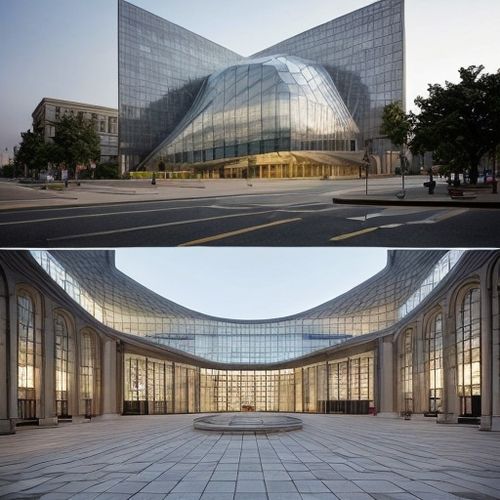
By John Smith/Apr 28, 2025
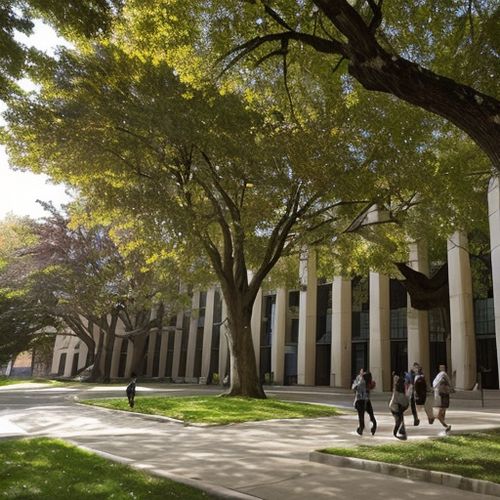
By Christopher Harris/Apr 28, 2025

By Sophia Lewis/Apr 28, 2025
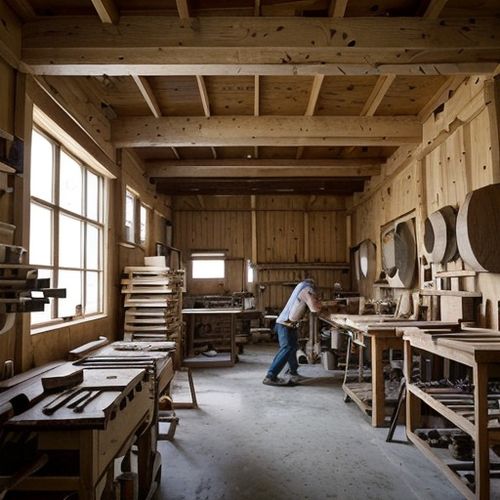
By Amanda Phillips/Apr 28, 2025

By George Bailey/Apr 28, 2025

By Christopher Harris/Apr 28, 2025

By Thomas Roberts/Apr 28, 2025
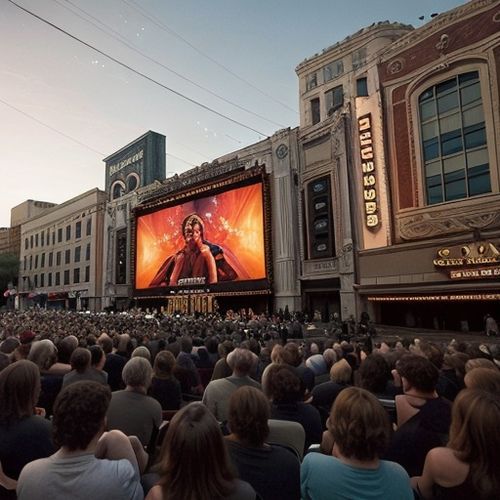
By James Moore/Apr 28, 2025
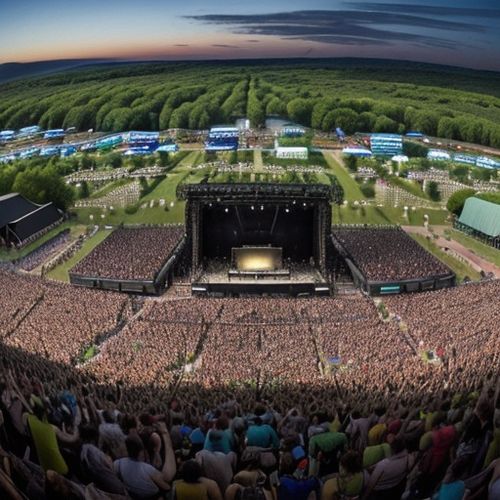
By Eric Ward/Apr 28, 2025
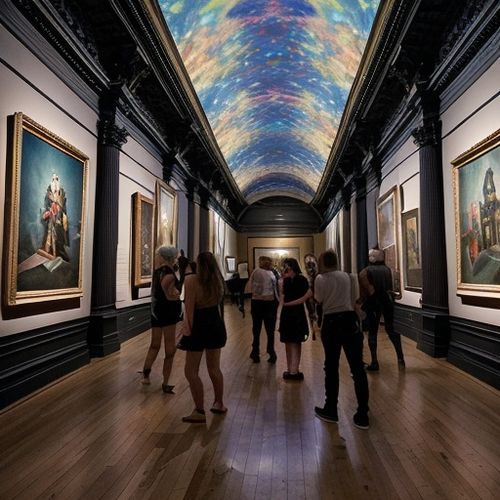
By Thomas Roberts/Apr 28, 2025

By Sophia Lewis/Apr 28, 2025

By Joshua Howard/Apr 28, 2025

By Jessica Lee/Apr 28, 2025

By Christopher Harris/Apr 28, 2025

By Elizabeth Taylor/Apr 28, 2025

By Rebecca Stewart/Apr 28, 2025

By Amanda Phillips/Apr 28, 2025

By Michael Brown/Apr 28, 2025

By James Moore/Apr 28, 2025

By Sophia Lewis/Apr 28, 2025